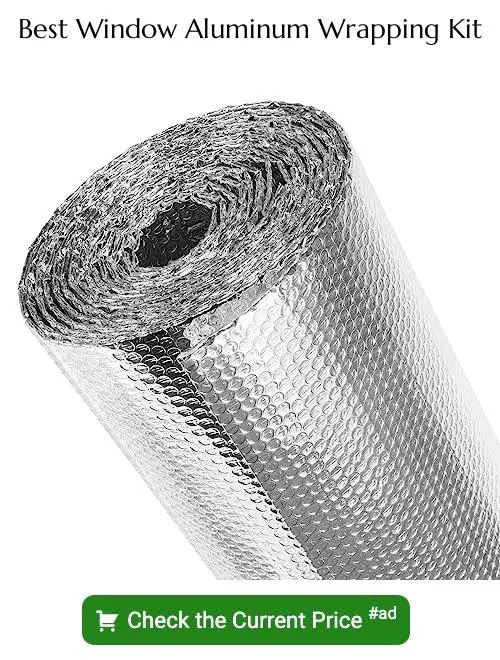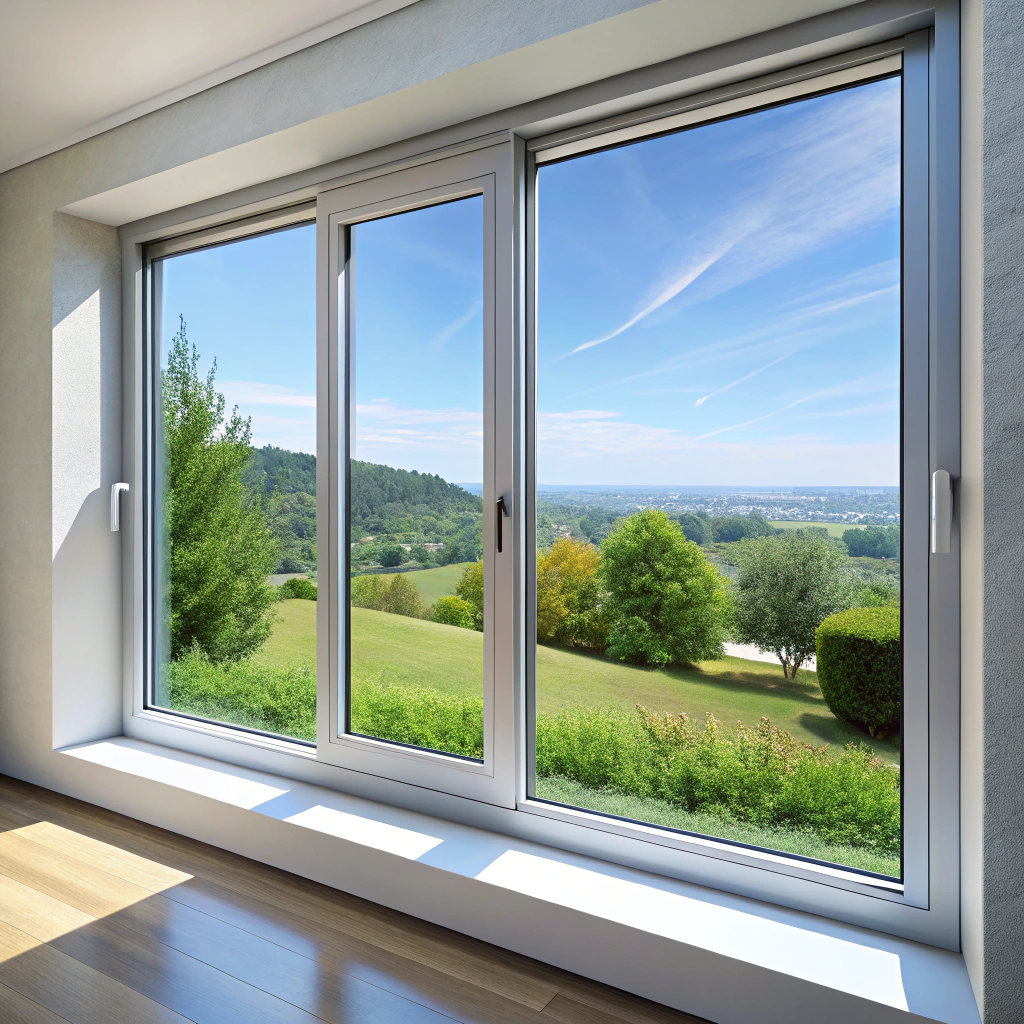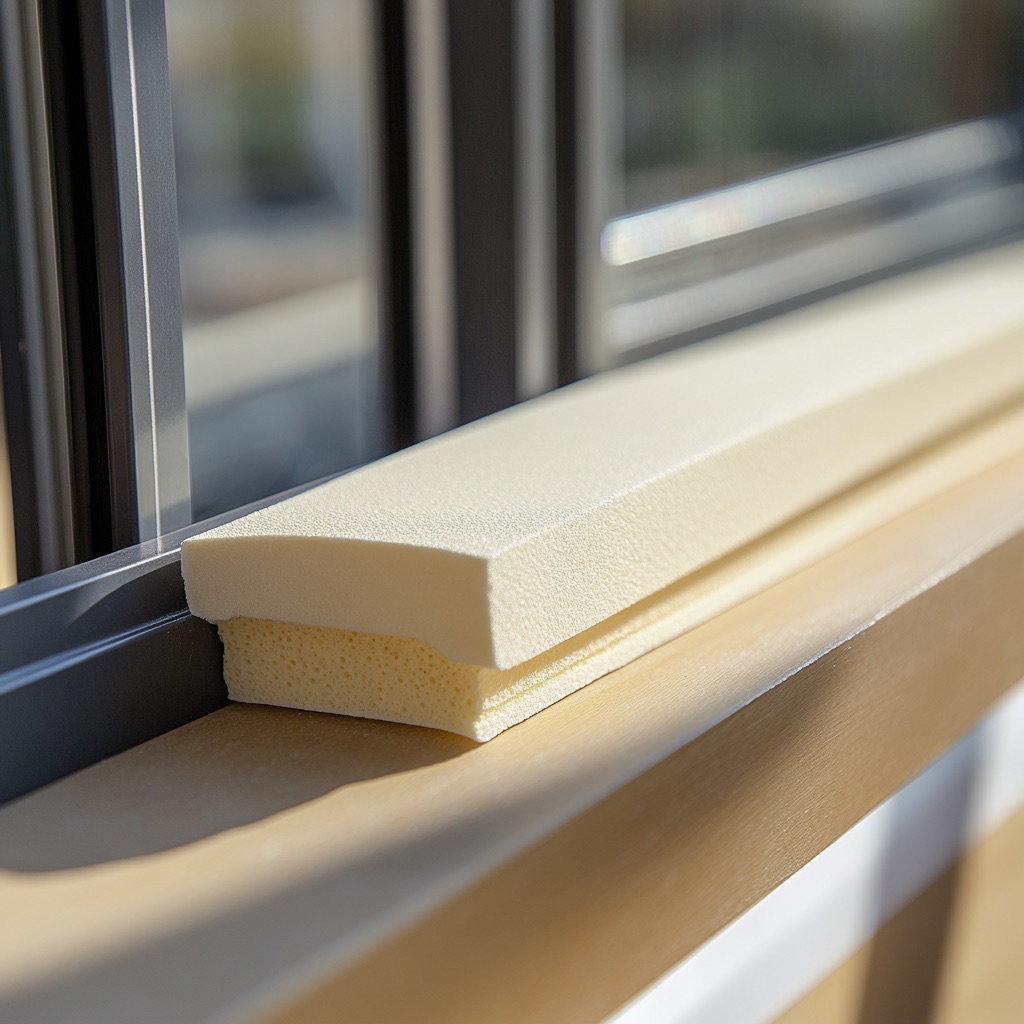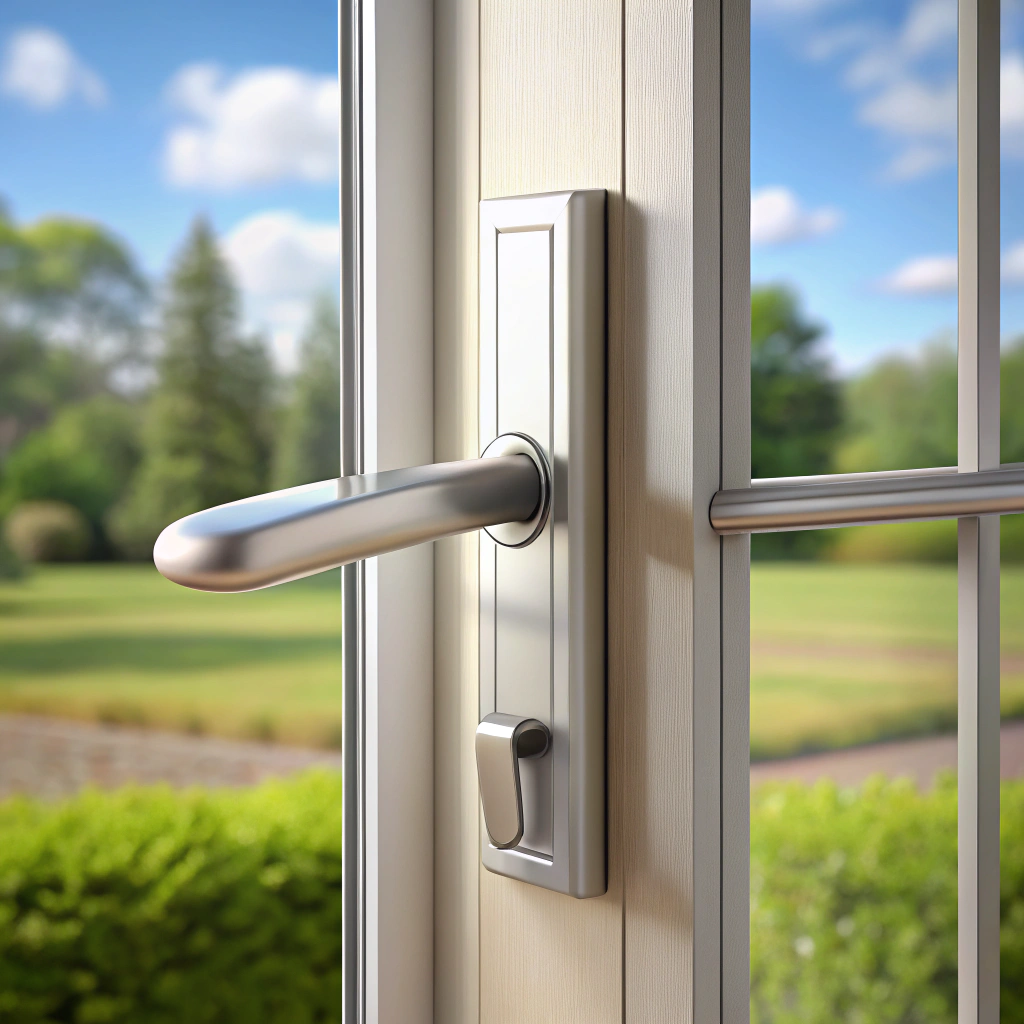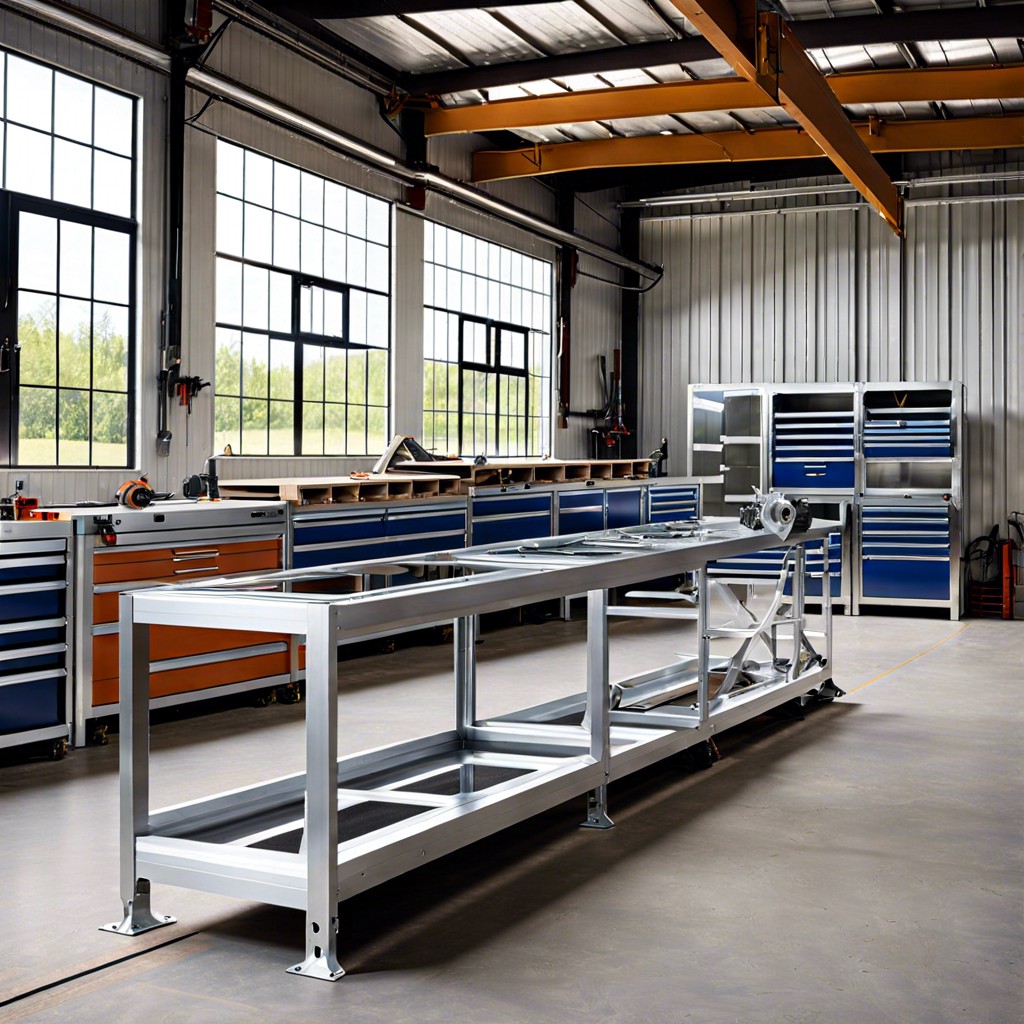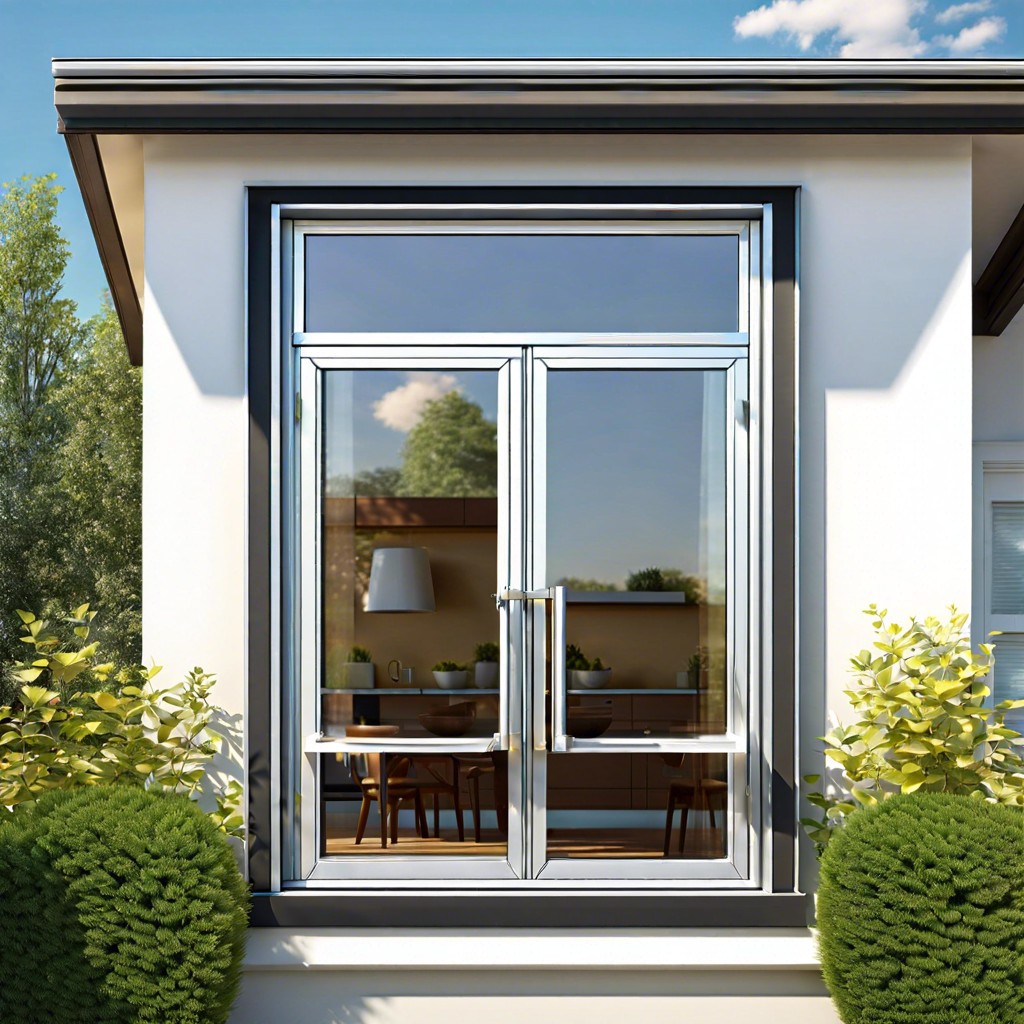Learn how window aluminum wrapping can protect your home’s exterior, enhance curb appeal, and reduce maintenance requirements.
Key takeaways:
- Aluminum wrapping protects against rot, insect damage, and weather-related deterioration.
- Improved energy efficiency and lower utility bills with added insulation.
- Aesthetic versatility with a variety of colors and finishes available.
- Precise measurement and custom-fitting process for effective protection.
- Aluminum wrapping offers longevity, durability, and minimal maintenance needs.
Benefits of Aluminum Wrapping to Homeowners
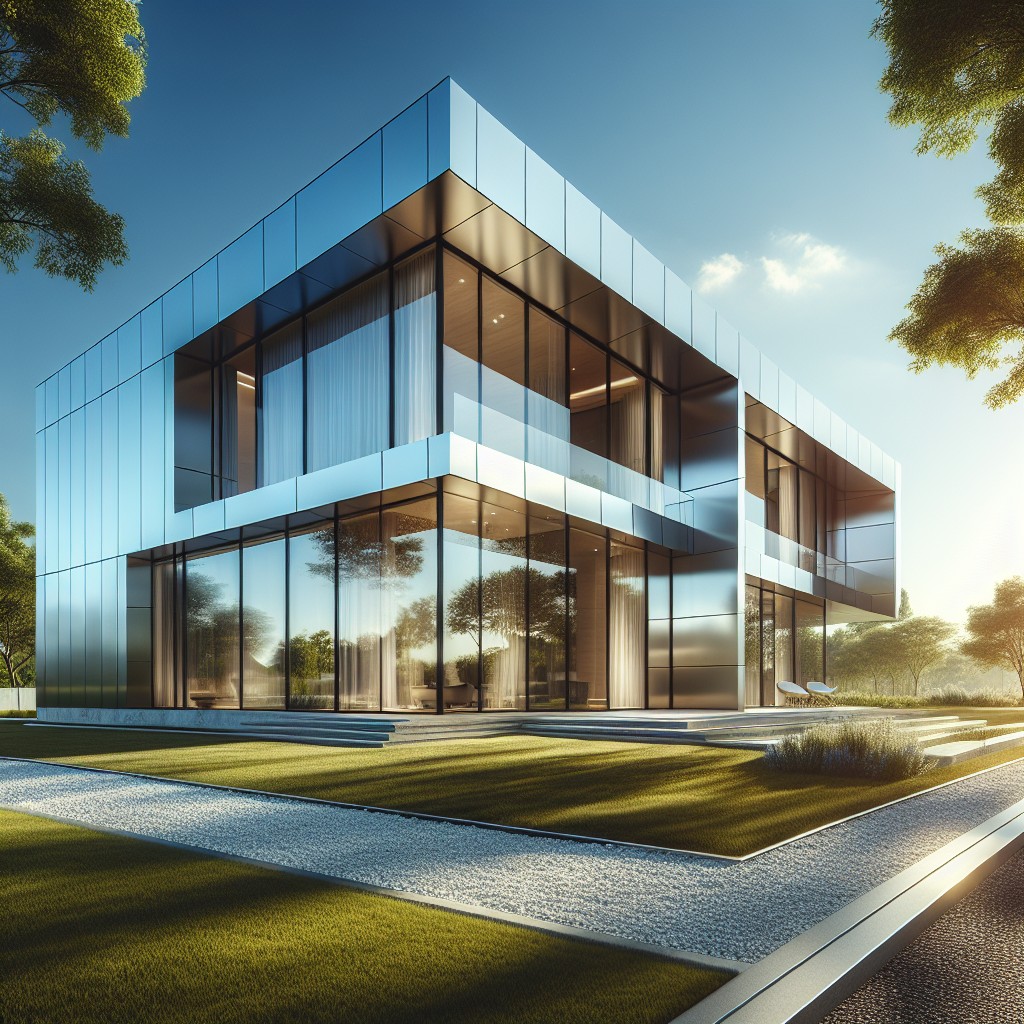
Aluminum wrapping acts as a robust shield for your windows, fortifying the wood against potential rot, insect damage, and ongoing weather-related deterioration. The maintenance-saving aspect is particularly compelling; once installed, painting becomes a task of the past, significantly trimming down on upkeep time and expense.
Homeowners also notice improved energy efficiency, as the wrap provides an extra layer of insulation, keeping the elements at bay and reducing thermal transfer. This insulation effect can result in lower utility bills, as your heating and cooling systems don’t have to work as hard to maintain a comfortable indoor climate.
Moreover, the aesthetic versatility of aluminum wrapping means you can select from a variety of colors and finishes to enhance your home’s curb appeal. With increased property value and a clean, finished look, aluminum-wrapped windows deliver both practical and visual advantages to the discerning homeowner.
Detailed Process of Window Aluminum Wrapping
Aluminum wrapping is an onsite, tailored process, starting with precise measurements of the window’s exterior features including the sill, brick mold, and trim. Professional installers use these specifications to cut the aluminum coil stock to fit each unique window outline.
The aluminum, usually pre-painted, is then meticulously shaped around the window elements using a metal brake – a tool that bends metal at desired angles. This custom-fitting is what makes aluminum wrapping effective in protecting against moisture and weather elements.
Special attention is paid to corners and joints, which are expertly sealed to prevent any potential ingress of water. Additionally, caulking of the same color as the wrap might be applied for a seamless finish.
Lastly, the wrap is secured with stainless steel or aluminum nails, chosen specifically to prevent rust and corrosion. This ensures the longevity of the installation and maintains the aesthetic appeal of the home’s exterior.
Step-by-Step Installation Guide
Begin by cleaning the window frame meticulously to ensure adhesion. Measure the frame precisely, adding a few extra inches to the total length for a secure fit. Cut the aluminum coil stock to match your measurements using tin snips.
Fold the aluminum on a brake tool, creating a form that snugly fits the window’s exterior contours. Start applying from the top of the window, ensuring the wrap covers the frame edges and adheres to the wood.
Secure the wrap using stainless steel or aluminum nails, spaced approximately every 12 inches. When reaching corners, employ a technique known as ‘hemming’, where one edge overlaps the other to create a weather-tight seal.
Trim any excess material and ensure the aluminum lies flat against the window for a finished appearance. Check the installation for any potential moisture entry points and seal them with a suitable caulk.
Always confirm the wrap’s expansion and contraction allowances to avoid buckling with temperature changes. Installation during mild temperatures can reduce the risk of material warping.
Longevity and Durability Expectations
When considering aluminum wrapping for windows, homeowners anticipate increased resilience. This protective layer shields against moisture, preventing wood frame rot and paint deterioration.
The material withstands harsh weather, from blistering heat to frigid temperatures, without cracking or fading, retaining its appearance for years. Aluminum’s non-reactive surface is impervious to termites and other pests that typically damage wood frames.
Maintenance needs are minimal; periodic cleaning preserves the finish without the need for repainting. Expectations for longevity are well-grounded, with many aluminum wraps performing well for over two decades.
Such endurance makes it a cost-effective, long-term investment in protecting and enhancing a home’s exterior.
Environmental Impact and Sustainability
Aluminum wrapping offers a sustainable window solution due to its recyclability. The material doesn’t degrade over time, meaning it can be reused without loss of quality, significantly reducing waste.
During production, aluminum requires high energy input, but its longevity and potential for repurposing balance the initial environmental cost over time. Additionally, it enhances energy efficiency in homes by providing a better seal, thereby reducing heating and cooling requirements. This contributes to a smaller carbon footprint for the household.
Selecting aluminum wrapping also supports the shift towards greener building materials in construction practices.
Recap
